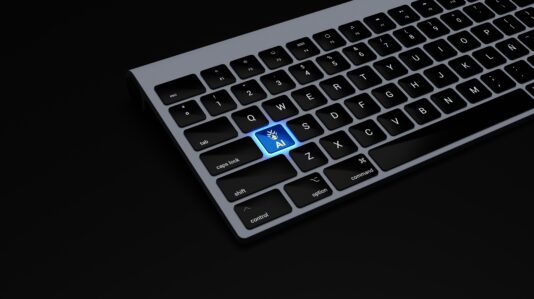Business is diverted from successful websites every day. Anyone can register a name, or any variation of an existing name, for a small fee. There are few checks and balances with registration of a domain name, so anyone can register and even domains obviously similar to yours may be approved without question. Registration doesn’t require an ownership check or any copyright or trademark verification. The potential for exploitation is apparent and opportunists, known as cybersquatters, make this their business. But what is cybersquatting and why can it be dangerous to your business?
Cybersquatting is when someone registers the domain name of another entity in bad faith. Specifically with the intent to financially gain from the goodwill and reputation of the identity (or brand), through either selling the domain name back to the rightful identity (or brand) owner or for profit through advertising. Although business owners and consumers are more Internet savvy now than they were in the early days of the Internet, cybersquatting is still a significant problem. What can you do to protect yourself?
Are you a victim?
If you suspect a cybersquatting attack, consider the following before jumping to any conclusions.
-
- Does the domain name take you to a legitimate site?
- Are ads related to your industry popping up on the page?
- Is your Trademark being used as part of the site?
- Is the domain owner offering to sell you the name?
- Does the owner have multiple domain names that are identical or very similar?
If some or all of these answers are ‘yes,’ you may be a victim of a cybersquatter.
So you’re a victim…what can you do?
Option 1. Pay up.
If the domain owner is asking you for money, it may be cheaper and quicker to negotiate with them. It’s often prudent to engage a mediator, experienced attorney or agent to attempt to negotiate a settlement on your behalf. Litigation can be expensive, so use your judgment.
Option 2. File a complaint.
Filing under ICANN’s Uniform Domain Name Dispute Resolution Policy will bring the issue to arbitration. To succeed in the proceeding, you must show:
-
-
- The domain name is identical or confusingly similar to your trademark or service mark;
- The alleged cybersquatter has no rights or legitimate interests in respect of the domain name; and
- The domain name is being used in bad faith.
-
To determine if a name has been registered in bad faith, ICANN will consider several factors. Even if ICANN determines there was a bad faith registration, your remedy is limited to the cancellation or transfer of the domain name; no money damages will be awarded.
Option 3. Sue.
The Anti-Cybersquatting Consumer Protection Act authorizes a trademark owner to sue an alleged cybersquatter in federal court to obtain a court order that transfers the domain name back to the trademark owner. A trademark owner must prove all of the following:
-
-
- Bad faith intent to profit from the use of the trademark;
- The trademark was distinctive at the time the domain name was first registered;
- The domain name is identical or confusingly similar to the trademark; and
- The trademark qualifies for protection under federal trademark laws.
-
However, bad faith will not be inferred if there are reasonable grounds to believe that the use of the domain name is fair and lawful. Options 2 and 3 require similar showings, but ICANN keeps you out of court. Typically, you can’t recover monetary damages unless you litigate.
Be Proactive – Protect Yourself
Be proactive and do what you can to limit your exposure to potential cybersquatting issues.
-
- Register a trademark.
- Properly record domain name ownership. The domain name registration identifies the owner. If you have a company, make sure you have registered the name of the entity itself and do not let the registration expire.
- Buy up variations of your domain name. It’s common for squatters to register names that are confusingly similar or mock the original.
- Get more than one extension. In addition to .com, consider .biz or .org as additional extensions to your name.
Cybersquatting is a common concern, especially if you have a successful business or identity. Recently, Donald Trump and popular lifestyle website Pinterest took their squatters to court and won. Although there are ways to legally recover from this type of cyber-attack, it is always smart to take as many precautions as possible to protect yourself and your business.
What have you done to protect yourself and your business identity?
Contact an Attorney Today
The experienced attorneys at Romano Law are ready to help. Contact us at 212-865-9848 or complete this form to speak to a member of our team!






